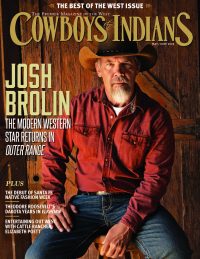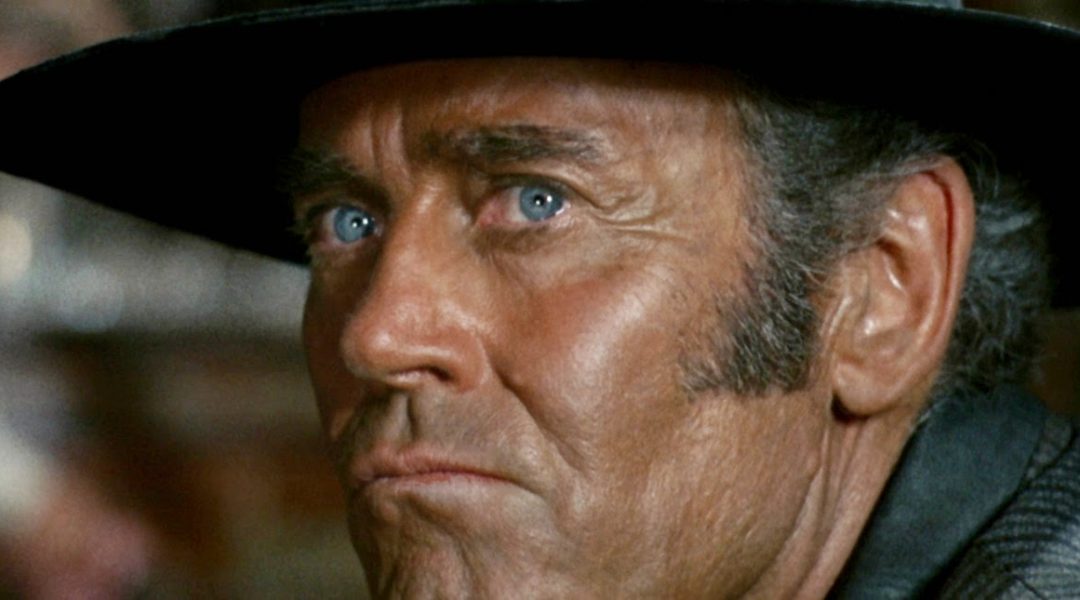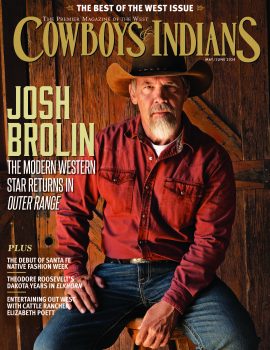We look back at Sergio Leone’s epic western starring Charles Bronson, Henry Fonda and Jason Robards.
Editor's Note: Throughout the month of October, C&I is celebrating the golden westerns of 1969, a year that changed the game for the beloved film genre. Check the Entertainment tab each day to see a different film recommendation by C&I senior writer Joe Leydon. And be on the lookout for the upcoming November/December 2019 print edition, which prominently features one of the 25 greatest films of 1969 on its cover.
After more or less inventing a revisionist subgenre with his Spaghetti Western trilogy of A Fistful of Dollars, For a Few Dollars More and The Good, The Bad and The Ugly, Sergio Leone aimed to create something even bigger and bolder — and yes, to employ the adjective often applied to his films, more operatic — in Once Upon a Time in the West. Indeed, to signal his intention to move in a new direction, he approached Good, Bad and Ugly stars Clint Eastwood, Lee Van Cleef and Eli Wallach to play the hired killers gunned down by Charles Bronson’s taciturn Harmonica in the movie’s unforgettable opening scene. Not surprisingly, they declined the invitation, but never mind: Leone’s masterwork is epic enough without them.
Bronson’s Harmonica is a man on a mission — revenge, of course — and the movie pivots on his interactions with Cheyenne (Jason Robards), a grizzled outlaw with a noble streak; Jill (Claudia Cardinale), a newly widowed landowner; and Frank (Henry Fonda), a vicious gunslinger employed by a railroad tycoon to claim the widow’s land.
The against-type casting of Fonda as a black-hearted bad guy is typical of Leone’s penchant for tweaking western clichés. Years later, while discussing the scene in which Frank and his men slaughter an entire family, Fonda told an interviewer: “Sergio had cast me because he could imagine the audience at that moment saying, ‘Jesus Christ! It’s Henry Fonda!’”
Indeed, during their writing process, the three men frequently took second and third looks at several sagebrush sagas — including Ray’s Johnny Guitar, George Stevens’ Shane, and Ford’s The Searchers — that Leone eventually “quoted” in his own magnum opus. (The opening shootout at the railroad station is an elaborate homage to Fred Zinnemann’s High Noon.) And during the actual production, Leone insisted on shooting key scenes in Ford’s favorite location for westerns, America’s Monument Valley.
Writer-director John Milius (Red Dawn) marvels that Leone “took the whole experience of the American West and the American western and distilled it into a sort of romantic view. He made of us look at our own westerns again. He loved pieces of the western almost more than we did.”












